Introduction to HF Circuit Board
The HF circuit board (High-Frequency circuit board) is a specialized electronic component that provides superior performance for high-frequency applications. These boards are engineered to handle signals at microwave frequencies and are crucial in various sectors, including telecommunications, aerospace, and consumer electronics. With their advanced design and materials, HF circuit boards ensure minimal signal loss and distortion, making them indispensable in modern technology.
Types of HF Circuit Boards
- Flex Circuit Boards: These flexible designs accommodate tight spaces and complex layouts, ideal for portable devices.
- Rigid Circuit Boards: Solid and durable, these boards offer a stable foundation for high-performance applications.
- Rigid-Flex Circuit Boards: Combining both rigid and flexible advantages, they provide versatile solutions for sophisticated applications.
- Duroid Circuit Boards: Made with PTFE materials, these boards support high-frequency signals with minimal losses.
Applications of HF Circuit Boards
- Telecommunications: Utilized in RF amplifiers and satellite communication systems to maintain signal integrity.
- Aerospace: Critical for navigation systems, radar, and satellite technology due to their reliability and performance.
- Consumer Electronics: Used in smartphones and tablets for better connectivity and signal processing.
- Medical Devices: Essential in devices like MRI machines and ultrasound equipment, where precision is paramount.
Features and Advantages of HF Circuit Boards
- High Dielectric Constant: Designed with materials that minimize the dielectric loss, ensuring better signal performance.
- Low Loss Tangent: This feature provides efficient energy transfer, reducing heat generation and improving longevity.
- Thermal Stability: HF circuit boards maintain performance under varying temperatures, making them reliable for demanding applications.
- Customizability: Available in various designs and layouts to meet specific project requirements without compromising performance.
- Enhanced Electromagnetic Compatibility: These boards are crafted to diminish electromagnetic interference, safeguarding signal clarity.
How to Choose the Right HF Circuit Board
- Frequency Requirements: Evaluate the frequency your application demands to select an appropriate board.
- Material Properties: Consider the dielectric constant and loss tangent to ensure optimal performance for your signals.
- Size and Form Factor: Choose a size that fits your design constraints while providing the necessary functionality.
- Cost Considerations: Balance your budget with technical requirements to find the best quality circuits within your financial plan.
- Manufacturer Reputation: Selecting boards from reputable manufacturers ensures consistency and higher quality standards.


















































































































































































































































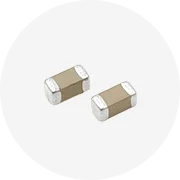
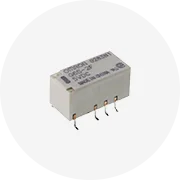
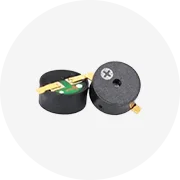
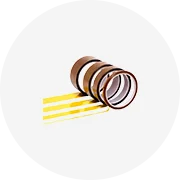

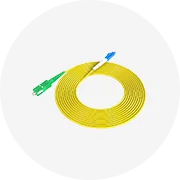
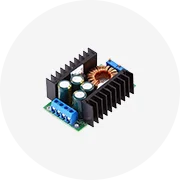

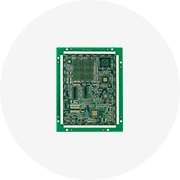

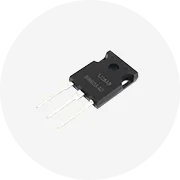
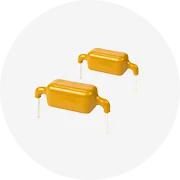
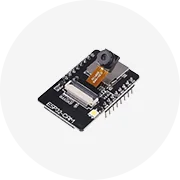
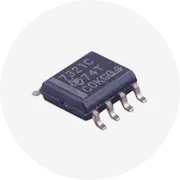
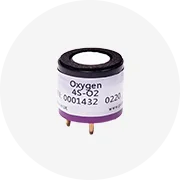
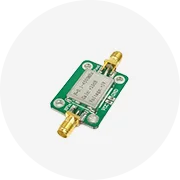






 浙公网安备 33010002000092号
浙公网安备 33010002000092号 浙B2-20120091-4
浙B2-20120091-4